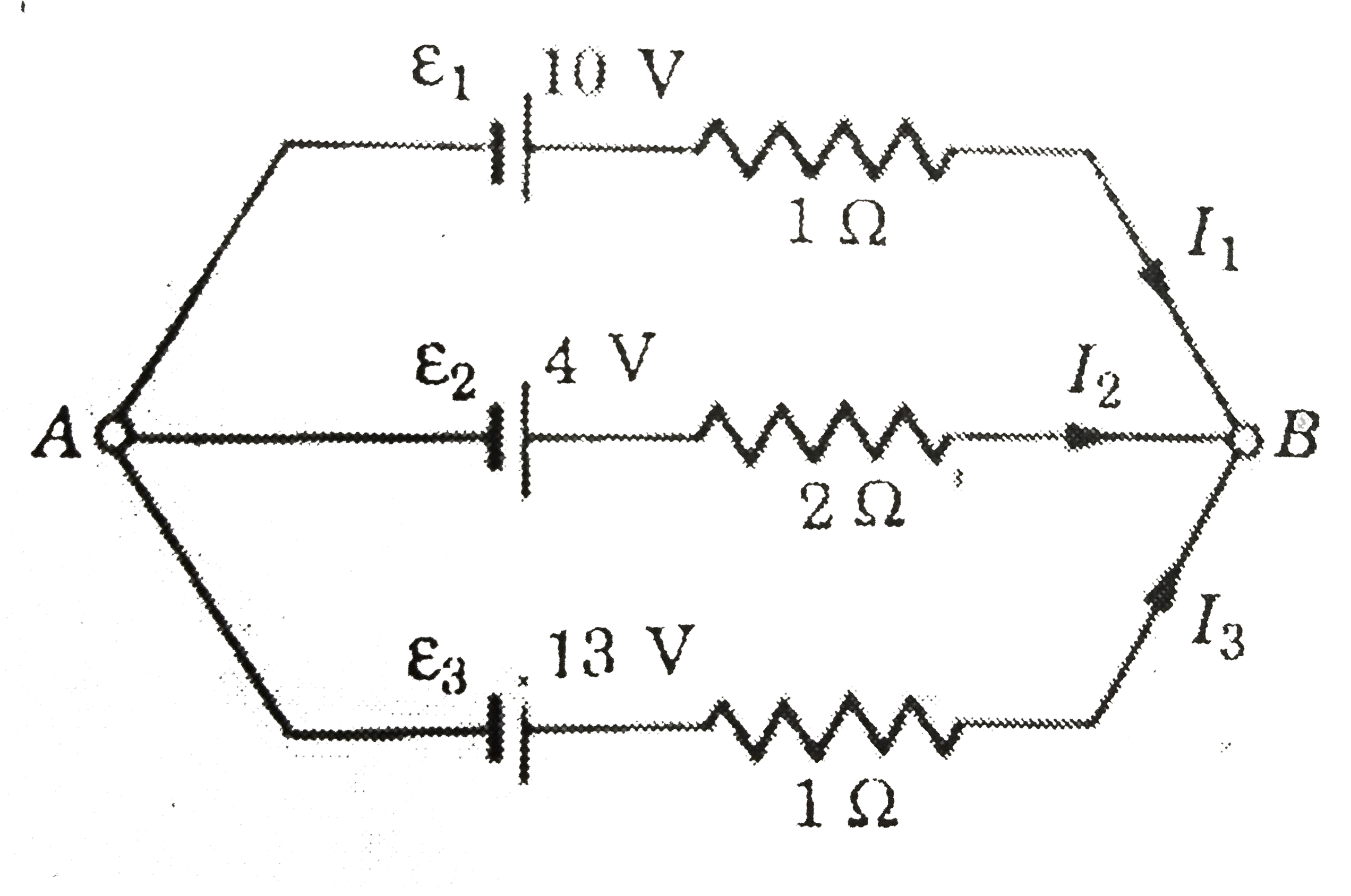Write the potential produced through the NICAD storage cell.
To find the potential produced through the NICAD (Nickel-Cadmium) storage cell, we can follow these steps:
Step 1: Identify the Components of the NICAD Cell
The NICAD storage cell consists of two main components:
- Cathode: Nickel hydroxide (Ni(OH)2)
- Anode: Cadmium hydroxide (Cd(OH)2)
Step 2: Understand the Reaction
In a NICAD cell, the following redox reaction occurs during discharge:
- At the cathode, nickel hydroxide is reduced.
- At the anode, cadmium hydroxide is oxidized.
Step 3: Determine the Standard Cell Potential
The standard cell potential for a NICAD storage cell is typically around 1.2 V. This value represents the electromotive force (emf) produced by the cell under standard conditions.
Step 4: Write the Overall Cell Reaction
The overall reaction can be summarized as:
Ni(OH)2+Cd(OH)2→NiO(OH)+Cd+2H2O
This reaction indicates the transfer of electrons and the conversion of reactants to products.
Step 5: Conclusion
Thus, the potential produced through the NICAD storage cell is 1.2 V.
---
The NICAD storage cell consists of two main components:
- Cathode: Nickel hydroxide (Ni(OH)2)
- Anode: Cadmium hydroxide (Cd(OH)2)
In a NICAD cell, the following redox reaction occurs during discharge:
- At the cathode, nickel hydroxide is reduced.
- At the anode, cadmium hydroxide is oxidized.
The standard cell potential for a NICAD storage cell is typically around 1.2 V. This value represents the electromotive force (emf) produced by the cell under standard conditions.
The overall reaction can be summarized as:
Ni(OH)2+Cd(OH)2→NiO(OH)+Cd+2H2O
This reaction indicates the transfer of electrons and the conversion of reactants to products.
Thus, the potential produced through the NICAD storage cell is 1.2 V.
Similar Questions
Knowledge Check
During the charging of storage cell
Aconcentration of lead is decreasedBlead sulphate concentration is increasedCconcentration of H2SO4 is increasedDconcentration of PbO2 is decreasedDuring charging of lead storage cell
Aexternal emf is greater than the emf of cellBexternal emf is equal to the emf of cellCexternal emf is less than emf of the cellDnone of these
Electricity is produced through dry cell from
View SolutionWhy is Nickel Cadmium referred to as a secondary cell? Write working of NICAD storage cell. Also write ts applications.
View SolutionName the hydrides which have high potential for hydrogen storage.
View SolutionA cell is connected to a 9 ohm resistance, because of which heat of 400 J is produced per second due to current flowing through it. Obtain the potential difference applied across the resistance.
View SolutionA cell is connected to a 9 ohm resistance, because of which heat of 400 J is produced per second due to current flowing through it. Obtain the potential difference applied across the resistance.
View SolutionWrite the overall cell reaction for lead storage battery.
View Solution

